Environmental Management; Plus a free student handout from AccessScience
Access to this content is available to Ward's World readers for free from McGraw Hill's AccessScience, an award-winning, digital STEM resource containing exclusive articles written by expert scientists and engineers; biographies of well-known scientific figures; science news, videos, and animations; and much, much more.
Instructors can use AccessScience to guide students on their research project journeys, to help students understand scientific concepts, to support distance learning efforts, in flipped classroom approaches, and in countless other ways.
Ward’s World and AccessScience have partnered to offer educators a no-obligation, free trial subscription to AccessScience. Request your free trial today to discover how valuable AccessScience can be for you and your students! Get your free trial now.
Middle & High School
Environmental Management is the active management of society's impact on the environment. Environmental managers oversee projects to protect and conserve natural ecosystems and human health. Students who study Environmental Management can work in various industries, including waste disposal, pollution control, public health, environmental protection, and recycling. Your class will be thrilled to know that keeping the earth sustainable is totally trainable!
Whether they like to practice in the field or the laboratory, they can analyze many environment-related factors, such as climate change and chemical pollution.
One of our most pressing environmental concerns is polluted soil and groundwater. Groundwater is one of the key sources of irrigation water, and more than half the U.S. population relies on it for drinking water. You can use your lesson plans to inspire students to explore this critical issue.
Once they get started, here are some fundamental facts they may be astonished to learn.
How does groundwater get contaminated?
There are many ways that groundwater can become too toxic to use, from fertilizers and pesticides to leaking landfills. The Groundwater Foundation highlights these key sources of groundwater contamination:
Storage Tanks
Tanks may contain gasoline, oil, chemicals, or other types of liquids, and they can either be above or below ground. There are estimated to be over 10 million storage tanks buried in the United States, and over time the tanks can rust, crack, and develop leaks. Hazardous contamination can occur If the contaminants leak into the groundwater.
Septic Systems
These on-site wastewater disposal systems are used in homes, offices, or other buildings not connected to a city sewer system. Septic systems slowly drain human waste underground at a slow, harmless rate. But, unfortunately, human sewage is just loaded with pathogens! So, a poorly designed, located, constructed, or maintained septic system can leak bacteria, viruses, household chemicals, and other contaminants into the groundwater, causing severe problems. One highly publicized example occurred in Michigan when at least 100,000 septic systems malfunctioned and polluted the surrounding environment.1
Uncontrolled Hazardous Waste
Groundwater Foundation reports there are over 20,000 known abandoned and uncontrolled hazardous waste sites, and the numbers grow every year. Hazardous waste sites can lead to groundwater contamination if barrels or other containers are lying around full of dangerous materials. If there is a leak, these contaminants can eventually make their way down through the soil and groundwater.
The Department of Energy’s (DOE) Office of Environmental Management (EM) is managing some stubborn groundwater plumes (contaminants that exceed federal and/or state safe drinking water standards) at these sites:
- Hanford (Central Plateau and River Corridor)
- Savannah River (F-Area and M-Area)
- Paducah
- Los Alamos
- Oak Ridge
Landfills
Landfills (the ‘dump’) are where humans take their garbage to be buried. Landfills are supposed to have a protective bottom layer (the liner system) to prevent contaminants from getting into the water. However, if there is no layer or it is cracked, contaminants from the landfill (car battery acid, paint, household cleaners, etc.) can get into the groundwater. There is some good news before you get too down in the dumps. For example, technology companies have been using bioleaching to extract and recycle metals from e-waste using non-toxic bacteria.2
Chemicals and Road Salts
The widespread use of chemicals and road salts is another source of potential groundwater contamination. Chemicals include products used on lawns and farm fields to kill weeds and insects, fertilize plants, and other products used in homes and businesses. These chemicals can seep into the ground and eventually into the water when it rains. Crews spread road salts in the winter to melt ice on roads to keep cars from sliding around. When the ice melts, the salt gets washed away and eventually ends up in the water. Students can use this Road Salt activity to analyze various concentrations of road salt runoff in pond water to recommend the optimal level for keeping roads safe with the least impact on the environment.
Atmospheric Contaminants
Since groundwater is part of the hydrologic cycle (the motion of the water from the ground to the atmosphere and back again), contaminants in other parts of the cycle, such as the atmosphere or bodies of surface water, can be transferred into our groundwater supplies.
Download McGraw Hill's AccessScience article, Environmental Management, to develop your lesson plans that help students understand Management Techniques and Environmental Challenges. The free download also includes assessment questions and answers you can use to test student understanding.
Download the free teacher's key here.
References: 1. Michigan Live: Thousands of failed septic tanks across the state threaten Michigan's waters. Updated Jan. 20, 2019.. 2. The Conversation: We’re using microbes to clean up toxic electronic waste – here’s how; 2020.
Recommended Products:
[StartProductBlock]
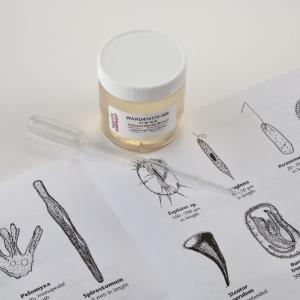
Ward's® Live Mixed Protist Culture
Each jar includes at least 7 organisms commonly found in a lake or pond.
[EndProductBlock]
[StartProductBlock]
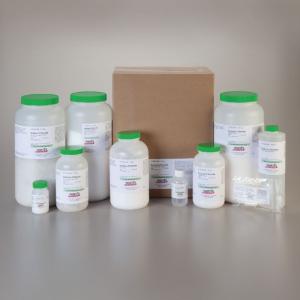
Sodium Chloride
Formula: NaCl
[EndProductBlock]
[StartProductBlock]
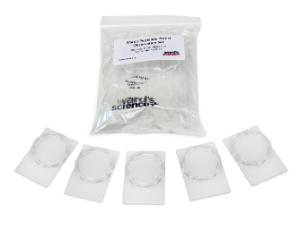
Ward's® Protist Observation PetriSlides
Ideal for field sampling, or viewing of protists, algae and other small aquatic specimens.
[EndProductBlock]
[StartProductBlock]
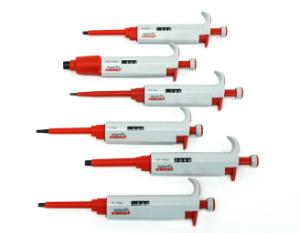
Ward’s® Adjustable Volume Micropipettes
Fully autoclavable, helping to prevent cross-contamination. Compatible with most universal tip brands.
[EndProductBlock]
[StartProductBlock]
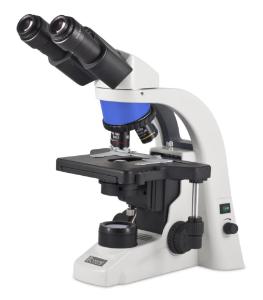
Boreal C-SCOPE Compound Microscopes
A robust microscope that provides crisp and clear visual and digital results!
[EndProductBlock]
[StartProductBlock]
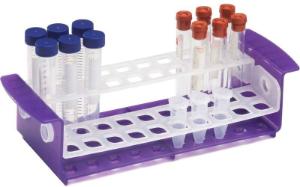
Ward's Tube Racks
Ward's multi-purpose racks are specifically designed with the flexibility to hold multiple tube sizes in place.
[EndProductBlock]
[StartProductBlock]
VWR® Test Tubes
Test tubes made from high-quality borosilicate glass.
[EndProductBlock]
